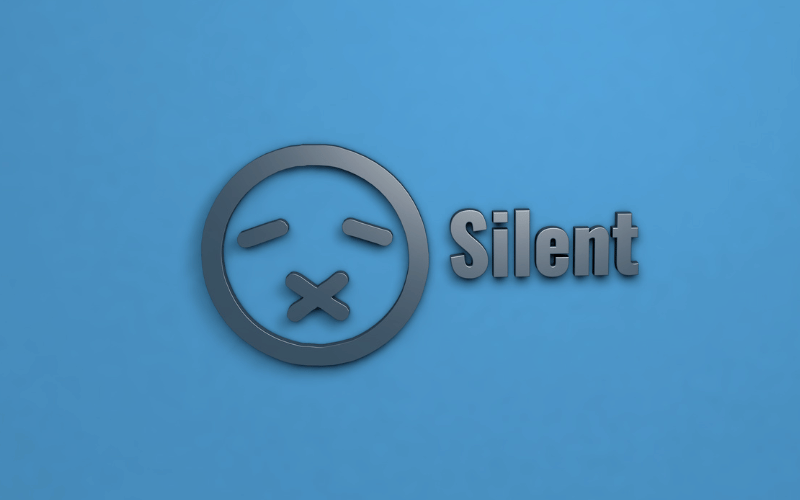2. The Silent Onset: Recognizing the Subtle Symptoms of PBC

Primary Biliary Cholangitis often creeps in silently, its symptoms so subtle and gradual that they may be mistaken for the rigors of daily life. Early on, patients might experience fatigue, an insidious tiredness that is all too often dismissed as a byproduct of a busy lifestyle. Yet, this is no ordinary fatigue; it’s a profound exhaustion that can disrupt one’s daily routine.
Pruritus, or severe itching, follows as another stealthy symptom. Initially, it might be sporadic and manageable, but as PBC progresses, it can become relentless and pervasive, affecting vast areas of the skin. It’s not uncommon for this symptom to be more intense during the night, which can significantly impair sleep quality and, consequently, quality of life.
Alongside these symptoms, some patients may notice dry eyes and mouth, part of a syndrome known as Sicca that often co-occurs with PBC. Though these symptoms might seem disconnected from liver health, they represent the systemic nature of autoimmune disorders where multiple systems can be affected.
As bile accumulates due to the compromised bile ducts, patients may develop jaundice, characterized by a yellowing of the skin and eyes. This is a telltale sign of advanced disease, indicating substantial liver dysfunction. At this point, the silent onset has given way to a condition that can no longer be ignored.
Understanding and recognizing these early signs is critical for prompt diagnosis and management. While they might be easy to overlook, they are the whispering precursors to a disease that can escalate into a roar if left unaddressed. By piecing together these seemingly minor health changes, a larger and more pressing health issue can be discerned. (2)